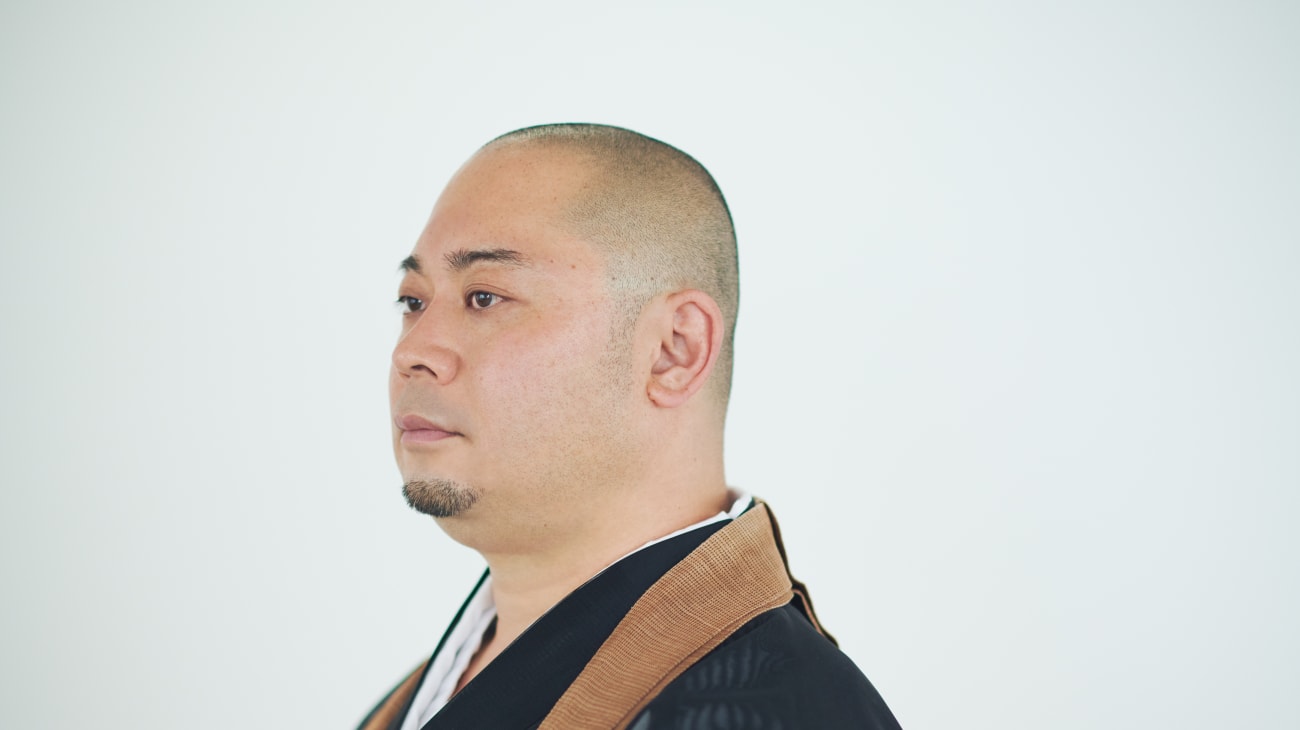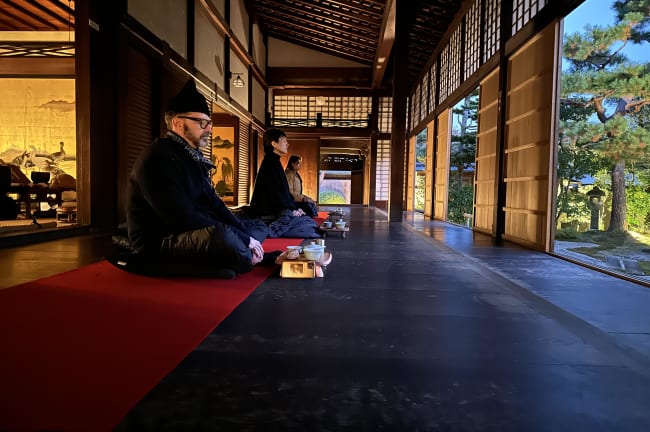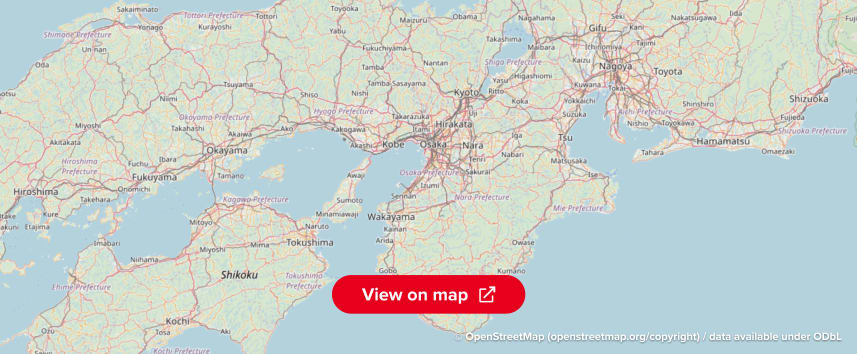Founded in 1590, Myoshin-ji Shunko-in is a historic Zen temple that offers an overnight Zen retreat at its temple lodgings. During their stay, visitors can enjoy the works of renowned craftspeople through experiences such as Zen meditations, tea ceremonies, and calligraphy. In the serene environment of this Kyoto-based Zen temple, guests can even learn about Zen and Kyoto culture directly from English-speaking Zen priests.




































































